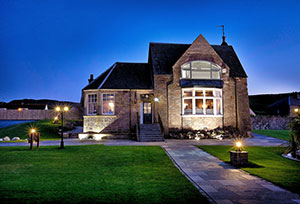Few awards are as exciting and satisfying to us here at The Village at Machrihanish Dunes as those that come from our guests. That’s why we were ecstatic when Bunkered Magazine readers voted us “Scotland’s Best Resort Experience for 2013”, and why we’re now thrilled to receive TripAdvisor’s “2014 Certificate of Excellence” for The Royal Hotel and The Ugadale Hotel & Cottages!
What does the certificate really mean? What are the criteria? And why are the accommodations at Mach Dunes deserving of this honour? Well, it’s simple really – the criteria are the only thing that really matters: what our guests think of us. Or, more specifically, what our guests say about us on TripAdvisor. And what are they saying? Here are a few [unedited] examples: 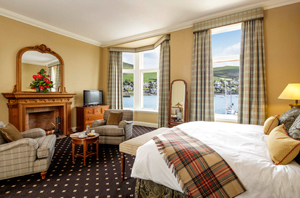
Jackie358: This is a wonderful hotel. The whole place has been refurbished with good taste and quality materials. The pride of ownership is apparent from the front door all the way through the building. The rooms are luxurious, the beds extremely comfortable… So very happy with our stay here. Would definitely go back.
StuartM: We regularly go to the Royal and their other hotel the Ugadale in Machrihanish,
Both hotels are first class, the management and the staff go out of their way to accommodate you, service and customer care is second to none, looking forward to our next visit. 
Alibro1984: 13 of us have just enjoyed a stay in the cottages for a hen party! The cottages are absolutely stunning a true home from home! Everything needed is provided! We all had treatments in the Serenity Spa located within the Ugadale hotel, the girls were amazing and made us all feel so relaxed and welcome nothing was too much hassle, we also enjoyed nibbles and bubbly provided by the spa. We then had a meal in the Ugadale restaurant and could not fault a thing all meals were thoroughly enjoyed! All staff were extremely attentive and regularly checked to see if we needed anything. I would highly recommend the cottages for any future hen parties!
Jrlimited: All I will say about this hotel is that probably 80% of the UK hoteliers should come and stay here for at least one night and find out how to really treat a customer. This was a truly wonderful experience, and I was so sad on Sunday that I was only staying for one night, totally relaxing, rest assured I will be back 10 out of 10, well done.
You may be noticing a theme. A staff that goes out of their way to make their guests happy. Top-notch accommodation with plenty of space and plush beds. And while you may already know Mach Dunes is a great place to come and play our GB&I Top-100 championship golf course, you may not have realized we also have a fantastic spa, making our resort an excellent getaway for a ladies’ holiday! 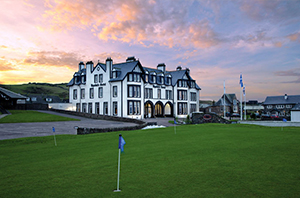
There are plenty more reviews where that came from – you can find more for The Ugadale Hotel & Cottages here, and for The Royal Hotel here.
TripAdvisor offers us something very rare, and that’s the opportunity to listen to everything our guests have to say about their stay. And it’s that praise and those pieces of constructive criticism that has helped us mold The Village at Machrihanish Dunes into such a magical experience.
Thank you for all your reviews, all your comments, and for once again helping Mach Dunes get recognized forall we do for our guests!




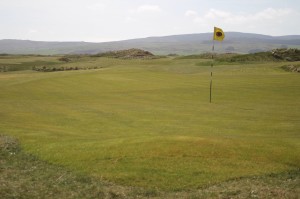
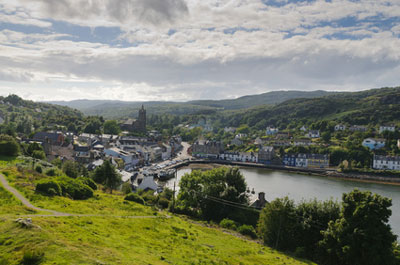

![Royal_SpecialLabelWhisky_Detail[2]_MR](https://machrihanishdunes.com/wp-content/uploads/2014/04/Royal_SpecialLabelWhisky_Detail2_MR.jpg)
